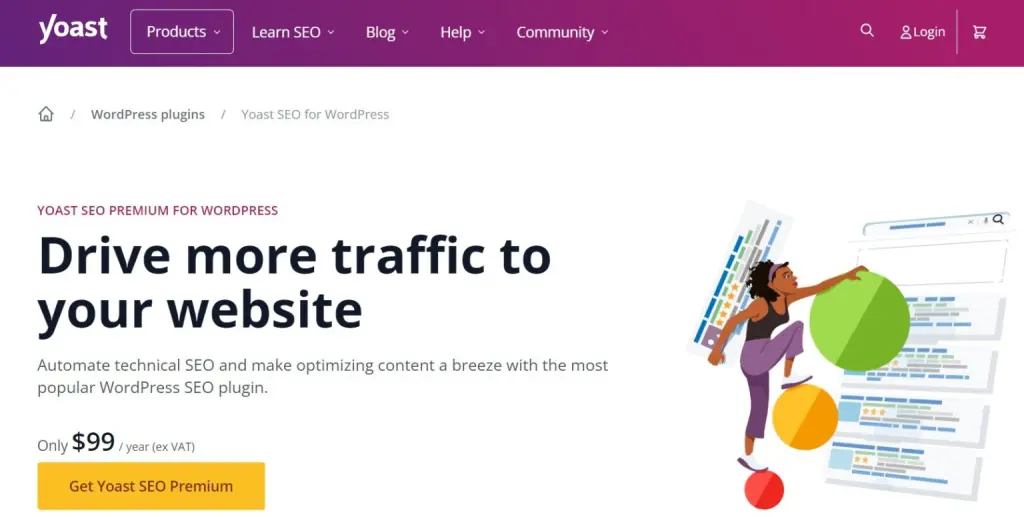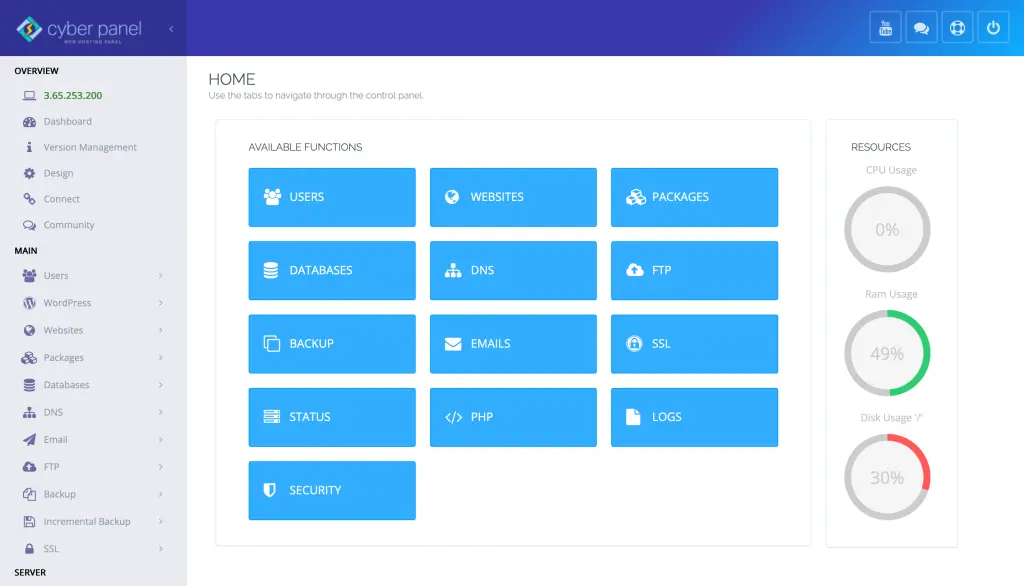Do you want to boost your website’s SEO for international visitors? If your site is intended for users from other countries or speaks multiple languages, then you may have already experienced the problem of showing the right content to the right user. And the solution is the hreflang tags! But, how to add hreflang tags in WordPress with plugin? Correct implementation of these tags ensures search engines know about the content to be displayed to the users depending on the language or region of the user which helps improve your site’s visibility as well as allow a good experience to the users visiting your site. In this article, we will walk you through the process of adding hreflang tags in WordPress, while also explaining the canonical vs hreflang tag dilemma, with some handy tools like the hreflang tag generator.
Are you ready to level up your WordPress SEO? Let’s dive in!
Hreflang Tags: What They Are & Why They Matter
Hreflang tags are HTML attributes that inform search engines of the language and region a webpage is intended for. For instance, if you have an English version of your site for the UK and another for the US, you need to have hreflang tags to introduce which page should be displayed to people from which nation. Not using these hreflang tags can therefore cause search engines to show users the wrong version of the page, which can negatively impact your SEO and user engagement.
Implementing hreflang tags can enhance your website’s standing in diverse regions and languages, address duplicate content concerns, and increase click-through rates from global visitors.
How to Add Hreflang Tags in WordPress with Plugin
Your turn: Several plugins exist if you are using WordPress, so you don’t have to concern yourself with the code directly. Under this section, Here is how you can do it via a plugin:
Install a Hreflang Tag Plugin
Use a Plugin to Generate Hreflang Tags

The Yoast SEO plugin is one of the most popular, and it allows you to easily manage SEO settings, including hreflang tags.
Get exclusive access to all things tech-savvy, and be the first to receive
the latest updates directly in your inbox.
On your WordPress admin panel
Go to Plugins and Add New.
Find the plugin and then install and activate it.
Activating this plugin will allow you to access its SEO settings and begin inserting hreflang tags.
Set up Hreflang Tags in Yoast SEO
After installing the plugin, you can do the following to add hreflang tags in WordPress:
In your admin area, go to SEO » Search Appearance.
Go to the General Settings and scroll down to the Advanced tab.
Set the hreflang support option to enabled.
Now, you’ll be able to manage SEO for a multilingual site with the full auto-generated hreflang tags from your own plugin.
Add Hreflang Tag Manually (Optional)
For a more hands-on method or to add customized hreflang tags you can add them yourself into header of website using a plugin like Header and Footer Scripts. You can use this plugin to place HTML tags into the head of all your website pages.

Here’s an example code to add hreflang tags manually:
<link rel="alternate" hreflang="en-us" href="https://www.example.com/en-us/"/>
<link rel="alternate" hreflang="en-gb" href="https://www.example.com/en-gb/"/>Use a Hreflang Tag Generator
If you need help generating the correct hreflang tags, a hreflang tag generator can save you time. These tools allow you to quickly generate the necessary code for multiple pages across your site, ensuring that you’re using the correct language and region codes. Simply enter the URL, language, and region, and the tool will generate the corresponding hreflang tags for you.
Canonical vs Hreflang Tag: What’s the Difference?
When managing multilingual content, you may come across the canonical vs hreflang tag question. Both of these tags help with SEO, but they serve different purposes:
- Canonical Tags: These tags are used to inform search engines which version of a page is the “primary” version, helping to prevent duplicate content issues.
- Hreflang Tags: These are used to specify the language and regional versions of content, ensuring that search engines show the correct content to the right audience based on their location and language preference.
While canonical tags are used to avoid duplicate content, hreflang tags help serve the right content to the right user based on language and region.
How CyberPanel Can Help You Manage SEO on Your WordPress

When striving to optimize your website, dedicated software like CyberPanel, a highly capable Linux web hosting control panel with advanced WordPress configuration capabilities make managing hreflang tags feasible. CyberPanel has the capability of managing your WordPress site, installing SSL certificates, optimizing the server performance, and loading your page faster on an international scale.
With CyberPanel’s one-click WordPress installations, easy-to-use server management tools, and optimized server settings, your technical setup will run smoothly when it comes to implementing hreflang tags. For SEO configurations, CyberPanel conveniently allows you to manage them whether you have a small eCommerce site, or a large global WordPress being run.
FAQs
1. What Do Hreflang Tags Do And Why Are They Important?
Hreflang tags are HTML tags that specify the language and region of a page to search engines. They help promote SEO to show the right content in front of the right users.
2. How to Add Hreflang Tags in WordPress?
If you are creating a site in WordPress, you can use a plugin like Yoast SEO for adding hreflang tag, and it will automatically generate hreflang tags for your multilingual and/or regional pages.
3. Can I Add Hreflang Tags For WordPress Manually?
Yes, you can manually add hreflang tags by editing the header of your pages using a plugin like “Header and Footer Scripts” or by modifying your theme files.
4. When Should You Use a Canonical Tag?
Canonical tags prevent issues of duplicate content by signaling the preferred version of a page while hreflang tags help ensure that search engines show the most appropriate regional or language version of your page.
5. If You Have Multilingual Websites, Do I Need Canonical and Hreflang Tags?
Indeed, it is commonly suggested to utilize both canonical and hreflang tags. Canonical tags stop duplicate content whilst hreflang tags specify the location and language so that your content is edited to your target audience.
5. Is It Okay To Use Tag Generator To Set Hreflang For WordPress?
You can definitely use a hreflang tag generator to generate the proper hreflang codes for your pages. All you have to do is provide the URLs along with the regions / languages, and the tool will create the right tags for you.
6. How to Check if Your Hreflang Tags Are Working?
Use these tools, like Google Search Console or the Hreflang Tags Testing Tool to monitor if your hreflang tags are functioning properly with no errors when targeting a language/region.
Final Thoughts: WordPress Hreflang Tags — Your SEO BFF
Hreflang tags are important to make sure that the correct content is delivered to the correct users, especially if you have a multilingual or worldwide WordPress site. In most of these cases, adding hreflang tags in WordPress with a plugin can significantly enhance your SEO and user experience. Note that you should also learn the canonical vs hreflang tag debate and implement both when to avoid duplicate content issues and improve your global SEO. Armed with the right tools and know-how, you too can succeed at international SEO and increase your site’s international exposure.
Want to improve your WordPress SEO for international audiences? Adding hreflang tags in WordPress will make your site indexed in its respective regions.



